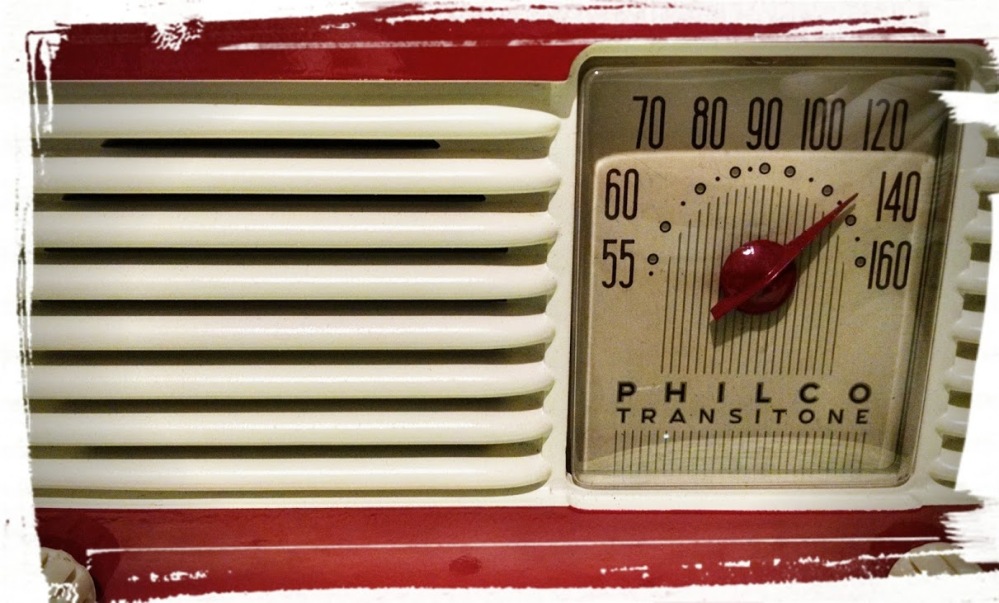The Philco 48-200

The Philco 48-200 was a small bakelite table radio that was introduced in the summer of 1947 for the 1948 model season. It had an original purchase price of $19.95 ($213.00 in 2016 dollars) and also came in ivory painted bakelite for a price of $22.95 ($245.00 in 2016 dollars). Many stores promoted this model by including an autographed picture of Bing Crosby along with every purchase.
This cabinet style was very popular and was in fact used for a number of years by Philco, starting just before WWII.
The 48-200 is an ac/dc powered superhet that covers the standard broadcast band from 540-1620kc. It uses the five tubes: 7A8 (mixer/LO), 14A7 (IF amp), 14B6 (2nd-det/ AGC/1st AF), 50L6GT (power amp) and 35Y4 (rectifier). With the exception of the Octal 50L6, these are are all Loktal types.
The Restoration
I found this radio at a local Antique Mall/Flea Market. The guy selling it told me that it didn’t play, only hummed loudly. It was the Ivory painted model and the case was solid but chipped and scratched. The back was missing and the cord was the original and obviously shot.
I took the chassis out. The knobs and dial cover were removed and I sanded the case down to smooth out the imperfections on the original paint. It was then primed and given an overall coat of satin ivory paint. This coat was cured 24 hrs then baked in the oven for a few hours to further cure/harden the paint. I then masked the louvered portion of the case and repainted the case with a gloss red. It was cured and baked again then treated with a scratch remover and polished with several coats of wax. I made a replacement for the missing back panel.
The electronics on this one were more of a challenge than I expected, but after replacing all of the original capacitors, power cord, a faulty output tube and all out of specification resistors it finally came to life.
This radio has an internal loop antenna and the ability to attach a long wire. Keep in mind that these early radios with the internal loops are not the same as today’s radios. The loop has to be pointed (the back of the radio) towards the direction the signal is coming from to get best reception. AM radio is more prone to interference from other nearby electronics, weather and time of day (AM travels further at night). This radio is relatively small so the loop is smaller in diameter and needs a bit more accurate “pointing” than larger radios seem to. Attaching a length of long wire to the external antenna lead really makes a marked difference in reception on this one.
The video above is the average reception for this radio with the loop from my basement bench on the strongest signal in my area.
These tube radios sometimes need re-tuning as they warm up. This one seems to require a turn of the knob about three times over the course of an hour till it settles down to its operating temp. It also seems to play clearer at higher volumes.




